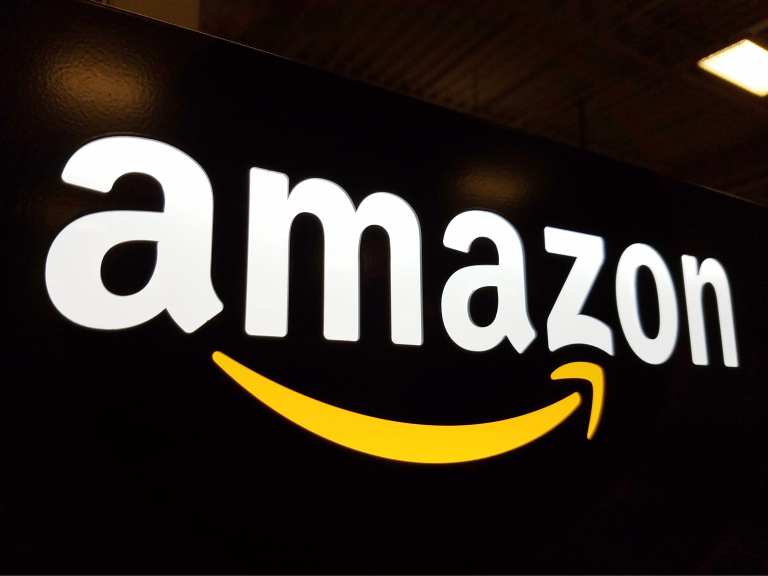
Nothing lasts forever — and even for Amazon the good times cannot always roll. A week-and-a-half after celebrating its biggest ever day in terms of sales and member sign-ups on Prime Day(s) 2019 Amazon is facing the rare rash of investor skepticism after falling short of analysts pre-release predictions.
By the numbers, Amazon’s Q2 revenue came in at $63.4 billion a bit ahead of the $62.5 billion analysts were expecting. That is a 20 percent increase over 2018. But profits were a miss — Amazon brought in $2.6 billion on an earnings per share (EPS) of $5.22, short the of the $5.57 on $2.8 billion analysts were expecting. That marks the first time in four years Amazon has failed to beat it earnings forecast.
This miss was largely attributed by Amazon to the cost increase incumbent on shifting a significant portion of Amazon’s inventory from two-day Prime shipping to one-day Prime day shipping. This is not the first massive upgrade or update Amazon has made to it retail logistics, Chief Financial Officer Brian Olsavsky told investors during the post release debrief, and as is often the case the process comes with ripples and hiccups. In Q2, Amazon spent more than the $800 million it has forecast it would spend in the second quarter on the one-day migration — though he did not offer a specific figure on how much more.
“It does create a shock to the system, and one we’re working through now. We suspect we will be working through it for a number of quarters, but when the dust settles, we’ll regain our efficiency over time,” he said on the one-day shipping cost-benefit.
In other news that turned analysts’ heads, though not for reasons Amazon favors, AWS — Amazon’s cloud computing business saw its growth slowed. Sales for Amazon Web Services increased to $8.4 billion in the second quarter. That represents a 37 percent year-on-year pickup, impressive results in most other contexts — but south of analyst forecasts for AWS which consistently show sales growth north of 40 percent since 2015. Some analysts have speculated this is evidence that Microsoft is gaining steam in a market Amazon has long dominated.
Olsavsky, in response to repeated questions on AWS performance, noted that revenue was strong in the quarter, and that sales cycles fluctuate.
“We’re growing faster than anyone” on a dollar basis, he said.
Also attracting analysts’ interest was growth in Amazon’s “Other” category, which includes Amazon’s increasingly important online ad business. Revenue was up sharply — 37 percent to $3 billion. Revenue from seller services — merchants selling on Amazon’s third party marketplace — grew 23 percent to $12.0 billion in the second quarter,
International sales picked up 12 percent to $16.4 billion.
Physical stores, a category still mostly dominated by Whole Foods’ revenue, remained level with $4.3 billion in sales. Olsavsky noted that if online delivery and in-store pick-up orders were counted toward that total — sales would show growth in the 5 percent range. Both categories instead are now booked under online sales.
Analysts asked, but got no answers, about recent announcements from the Justice Department that Amazon will be under investigation for potential antitrust violations, particularly on its retail marketplace. Olsavsky offered not comment other than to note that the just released results don’t include the impact of any potential regulations or penalties.
As for predictions for Q3, Amazon’s guidance indicates operating profit will be between $2.1 billion and $3.1 billion versus $3.7 billion the year prior. Analysts were expecting $4.4 billion and the big gap got a lot of attention from investors and analysts.
“Right now, we are seeing an increasing and ramping cost penalty, and that’s what’s built into the Q3 guidance,” Olsavsky said, adding the company would continue to roll out one-day delivery in North America and Europe in the coming quarters.
Amazon’s third-quarter revenue guidance of $66 billion to $70 billion did surpass Wall Street estimates of $67.3 billion — mostly counted as a testament to Prime Day strengths. However, it wasn’t enough to bring investors around to enthusiasm about the results — Amazon’s stock price fell 2 percent in after-hours trading, after gaining a net 36 percent in 2019 so far.
But, despite the short-term losses — it seems pretty clear that Amazon is looking for long-term gains, particularly out of its new One-Day delivery offering.
“Free one-day delivery is now available to Prime members on more than 10 million items, and we’re just getting started,” CEO Jeff Bezos said in a statement that accompanied the Q2 earnings release.